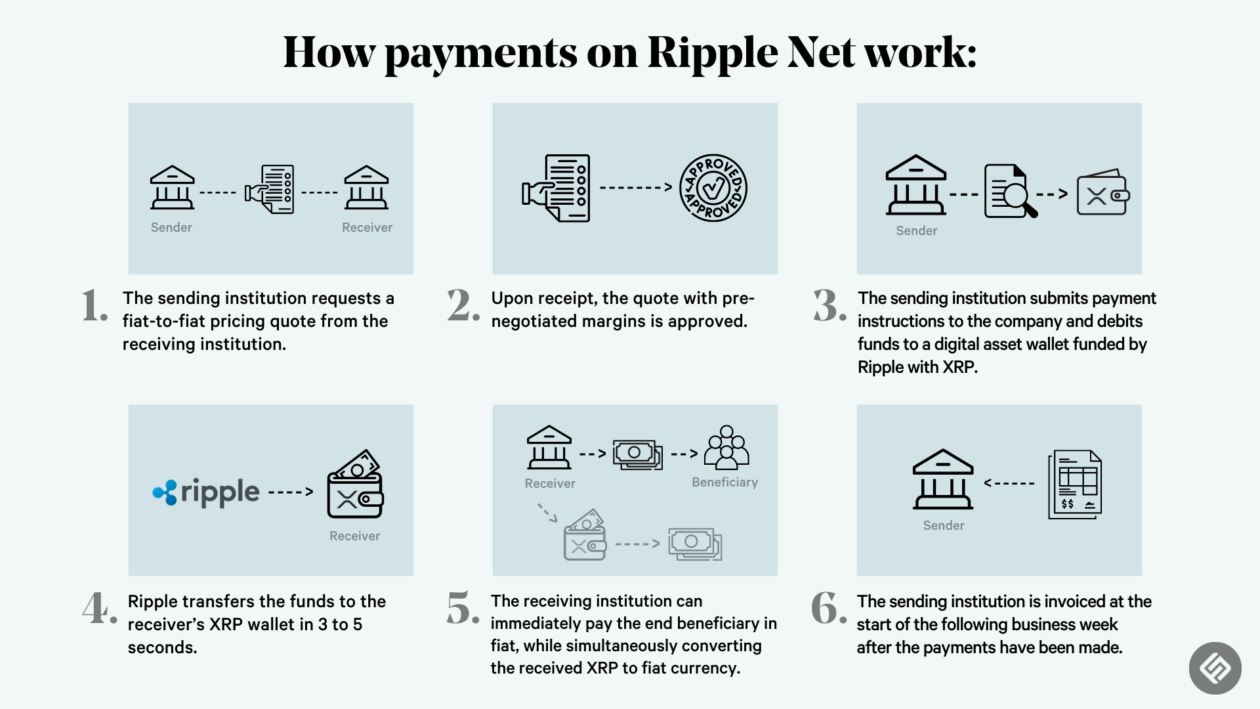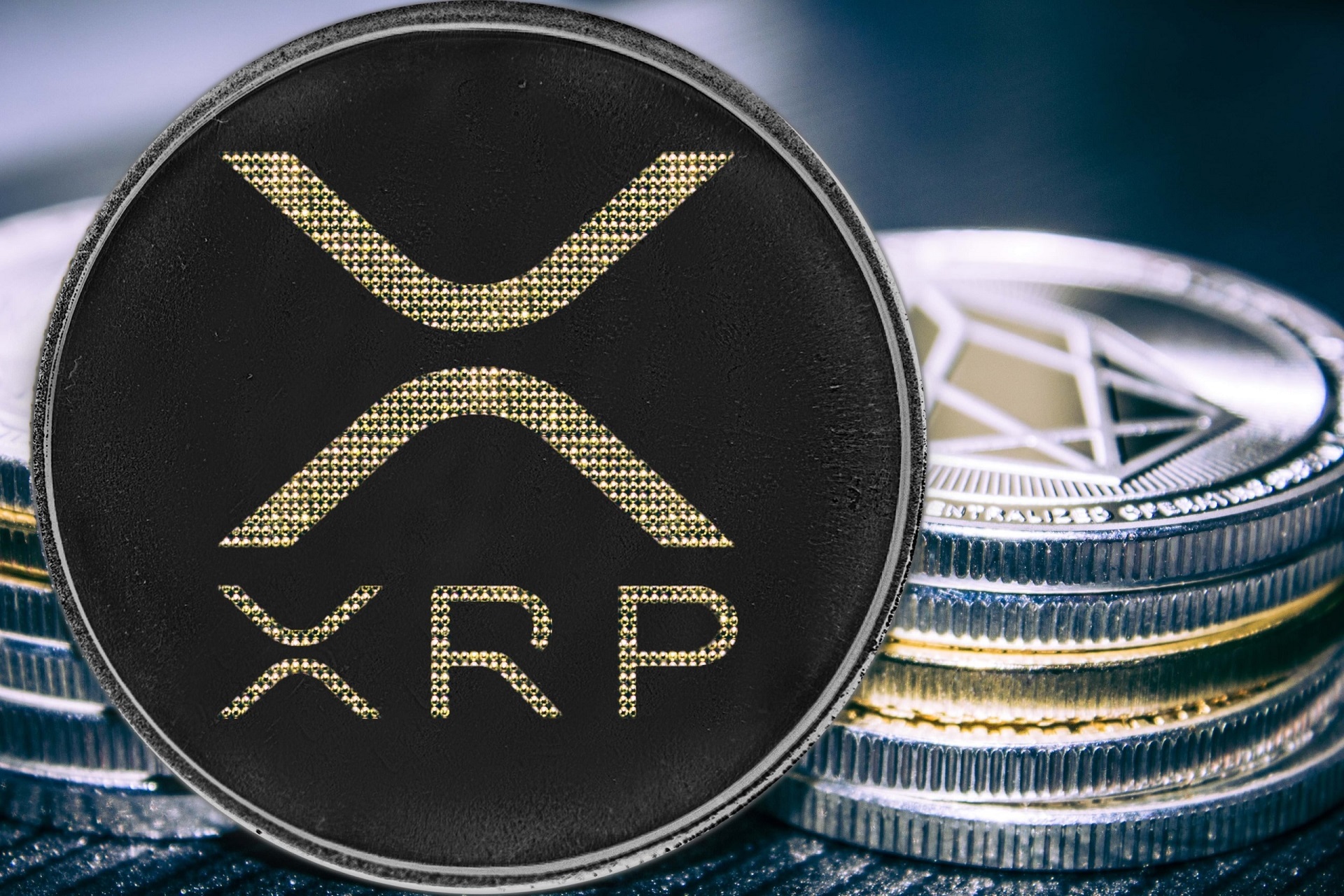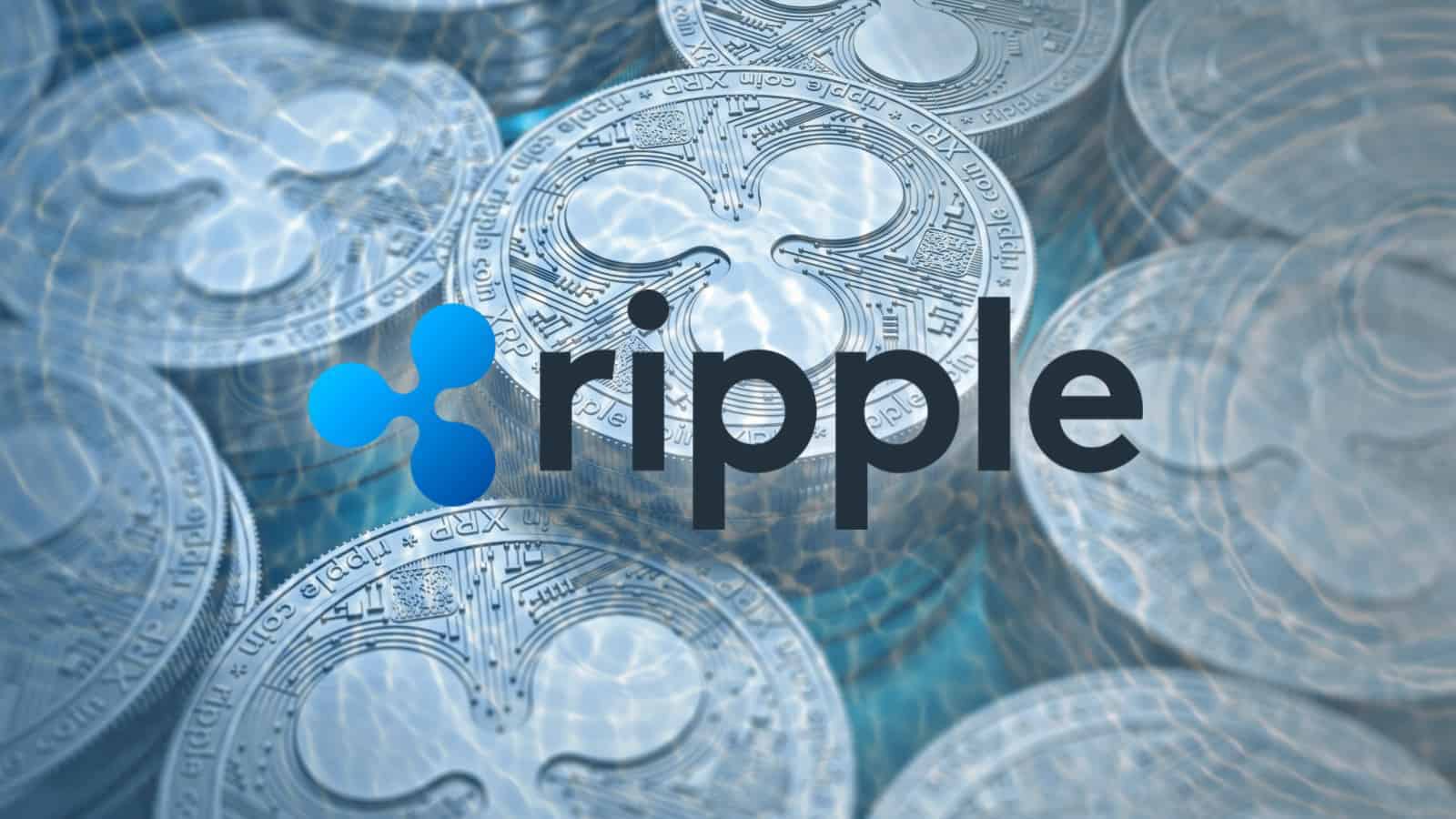Ripple XRP

Ripple is a blockchain-based technology company that aims to revolutionize the way financial institutions send and receive money across borders. It operates two main components: RippleNet, a global network for financial institutions, and XRP, a cryptocurrency that facilitates fast and cost-effective transactions.
History of Ripple and XRP
Ripple was founded in 2011 by Jed McCaleb and Chris Larsen, who envisioned a more efficient and transparent global financial system. Initially known as OpenCoin, the company later rebranded to Ripple Labs in 2012.
- 2011: Ripple was founded as OpenCoin, focusing on creating a more efficient payment system.
- 2012: OpenCoin rebranded to Ripple Labs and launched the XRP cryptocurrency.
- 2013: RippleNet, a global network for financial institutions, was launched.
- 2017: XRP experienced significant price growth, reaching an all-time high.
- 2018: Ripple faced regulatory scrutiny, leading to a decline in XRP’s price.
- 2020-Present: Ripple continues to expand its network and partnerships, focusing on cross-border payments and institutional adoption.
Ripple’s Core Technology
Ripple’s technology differs from traditional financial systems in several key ways.
- Distributed Ledger Technology (DLT): Ripple uses a distributed ledger, similar to blockchain, to record transactions securely and transparently. This eliminates the need for a central authority, such as a bank, to manage transactions.
- Interledger Protocol (ILP): Ripple’s ILP enables seamless communication and transactions between different payment systems and blockchains. This allows for cross-border payments to be settled quickly and efficiently.
- XRP Cryptocurrency: XRP is a native cryptocurrency on the Ripple network, designed to facilitate fast and low-cost transactions. It acts as a bridge between different currencies, enabling efficient cross-border payments.
Use Cases for XRP
XRP has several potential use cases, including:
- Cross-Border Payments: XRP’s speed and low transaction fees make it ideal for cross-border payments. By eliminating intermediaries and streamlining the process, XRP can reduce costs and processing times significantly.
- Liquidity Solutions: XRP can provide liquidity to financial institutions, enabling them to manage their foreign exchange exposures and reduce settlement risks.
- Decentralized Finance (DeFi): XRP can be used in DeFi applications, such as lending and borrowing, providing access to financial services without the need for traditional intermediaries.
XRP’s Market Dynamics and Price Fluctuations: Ripple Xrp

XRP’s price, like that of any cryptocurrency, is subject to a complex interplay of factors, making it a volatile asset. Understanding these dynamics is crucial for investors seeking to navigate the market effectively.
Factors Influencing XRP’s Price
The price of XRP is influenced by a combination of market sentiment, regulatory developments, and adoption trends.
- Market Sentiment: Like other cryptocurrencies, XRP’s price is highly susceptible to market sentiment. Positive news, such as increased adoption or favorable regulatory pronouncements, can lead to price surges. Conversely, negative news or broader market downturns can trigger price declines.
- Regulatory Developments: The regulatory landscape for cryptocurrencies is constantly evolving, and XRP is no exception. Positive regulatory developments, such as clear guidelines and increased regulatory clarity, can boost investor confidence and potentially drive up prices. However, negative regulatory actions, such as bans or restrictions, can have a detrimental impact on XRP’s value.
- Adoption Trends: The adoption of XRP by financial institutions and businesses is a key driver of its price. Increased adoption, particularly in cross-border payments, can signal a growing demand for XRP and potentially lead to price appreciation. Conversely, slow adoption or setbacks in its implementation could negatively affect its price.
Comparison with Other Cryptocurrencies
XRP’s price performance can be compared and contrasted with other cryptocurrencies, revealing both its strengths and weaknesses.
- Strengths: XRP’s focus on cross-border payments and its partnership with financial institutions have contributed to its relatively stable price compared to some other volatile cryptocurrencies.
- Weaknesses: XRP’s price is still susceptible to broader market fluctuations and can be impacted by regulatory uncertainties.
Risks and Opportunities
Investing in XRP, like any cryptocurrency, involves inherent risks and potential opportunities.
- Risks:
- Volatility: XRP’s price is highly volatile, subject to rapid and unpredictable swings.
- Regulatory Uncertainty: The regulatory landscape for cryptocurrencies is constantly evolving, which could pose challenges for XRP’s future.
- Competition: XRP faces competition from other cryptocurrencies and traditional payment systems.
- Opportunities:
- Growing Demand: The demand for cross-border payments is expected to grow, potentially benefiting XRP.
- Institutional Adoption: Increased adoption by financial institutions could drive XRP’s price upwards.
- Technological Advancement: Continued advancements in blockchain technology could enhance XRP’s functionality and value proposition.
Ripple’s Legal and Regulatory Landscape

Ripple, the company behind XRP, has faced significant legal and regulatory challenges, particularly from the United States Securities and Exchange Commission (SEC). Understanding these challenges is crucial for assessing the future of XRP and the broader cryptocurrency landscape.
SEC Lawsuit and Its Implications
The SEC filed a lawsuit against Ripple in December 2020, alleging that Ripple sold XRP as an unregistered security. This lawsuit has had a significant impact on XRP’s price and trading volume, as many exchanges delisted XRP due to the uncertainty surrounding its legal status.
The lawsuit’s outcome could have far-reaching consequences for the cryptocurrency industry. A ruling in favor of the SEC could set a precedent for classifying other cryptocurrencies as securities, potentially leading to increased regulation and scrutiny. On the other hand, a victory for Ripple could create a more favorable regulatory environment for XRP and other cryptocurrencies.
Global Regulatory Landscape for Cryptocurrencies, Ripple xrp
The regulatory landscape for cryptocurrencies is evolving rapidly, with different countries adopting varying approaches. Some countries, like Japan and Switzerland, have established clear regulatory frameworks for cryptocurrencies, while others, like China, have banned crypto trading.
The global regulatory environment presents both challenges and opportunities for Ripple. While regulatory uncertainty can create legal risks and hinder growth, clear regulations can also provide greater clarity and stability for the industry. Ripple is actively engaging with regulators globally to advocate for a more favorable regulatory environment for XRP and the broader cryptocurrency industry.
Ripple XRP, like the tides of the ocean, ebbs and flows, its value influenced by a multitude of factors. Just as a tropical storm like tropical storm Debby can disrupt the natural order of things, so too can unforeseen events impact the crypto market.
Yet, like the ocean’s resilience, XRP has the potential to weather the storm and emerge stronger, ready to embrace the next wave of innovation.
Ripple XRP, a digital asset designed for fast and efficient cross-border payments, reminds me of the charm of a miniature world. It’s like stepping into a Polly Pockets Airbnb , where everything is scaled down, yet the experience is just as rich.
Just as the Polly Pocket world holds its own unique charm, Ripple XRP aims to simplify and streamline financial transactions on a global scale.
